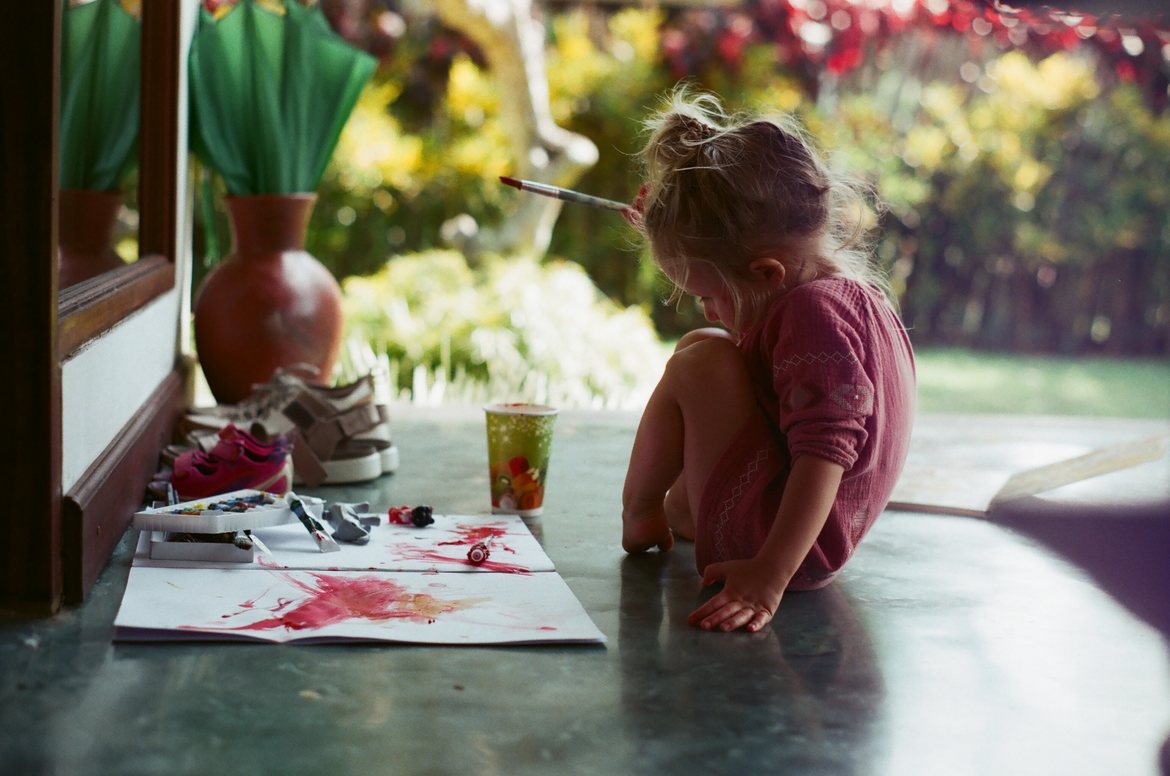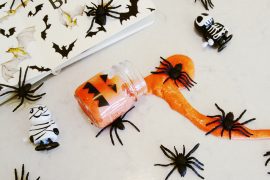By Kylee Harris
Research done by the Ministry of Education found that art activities help children with their physical and cognitive capabilities. Art boosts language skills and even helps children to construct ideas of how the world around them works. Painting, drawing and creating art is part of this, and you can also spend time looking at art and appreciating the shapes and colours. Young children have a natural interest in art, and they are certainly not worried about what seems cool or uncool. This is why their childhood is the ideal time to expose them to the incredible fine art that is such an important part of human history.
Recreating art
Recreating some classic art is a wonderful way of introducing your child to the rich world of art in a fun and immersive way. A simple painting like The White Cat by Franz Marc is a good place to start. You could start by sketching a simple cat face together, so that you can get a clear outline. They will soon get the hang of drawing the pointy ears and whiskers. One of the nice things about The White Cat is that the subject of the painting is in the foreground, with a vibrant, colourful background behind.
Your child could try recreating the painting in different mediums, such as crayons, acrylic paint, or even make a collage with similar shapes from magazine clippings.
The Starry Night by Van Gogh is another good painting to try and recreate. You could do this using finger painting techniques, or as a big mural with animated brush strokes, on a large sheet of paper.
Looking at portraits
Portraits are always fascinating to look at with young children, and it can give you the opportunity to talk about feelings and emotions. Have a look at some of the most famous portraits together, like Leonardo Di Vinci’s Mona Lisa. Of course the question is always about her elusive smile. You can ask “What is she thinking of?” or even simple questions like “Do you think she’s happy or sad?” Or have a look together at The Desperate Man by Gustave Courbet. Talk about what sort of facial expressions make him look so worried and anxious.











